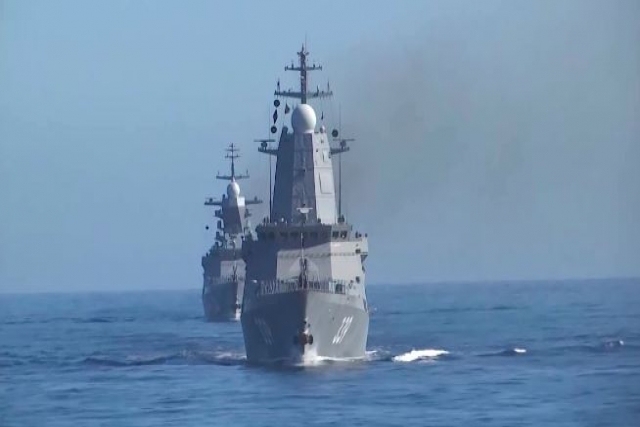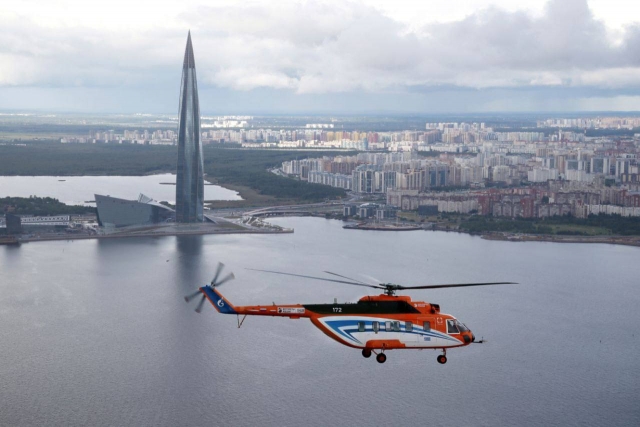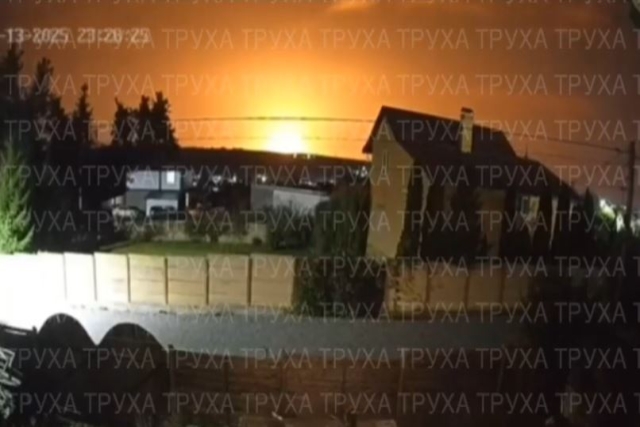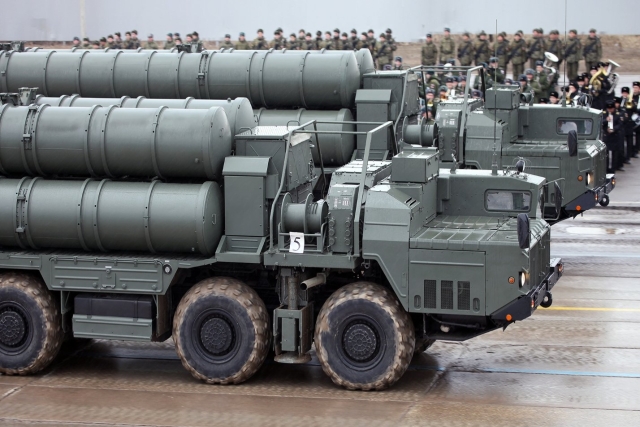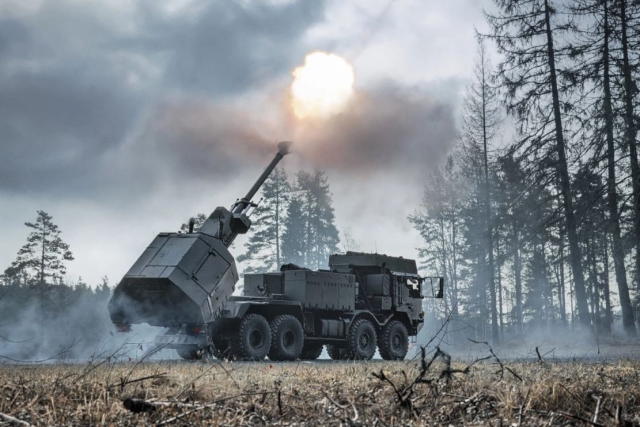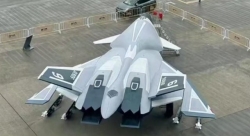Russian Kh-101 Stealth Missile Fooled NATO, Ukrainian Defenses to Strike Strategic Target: Media
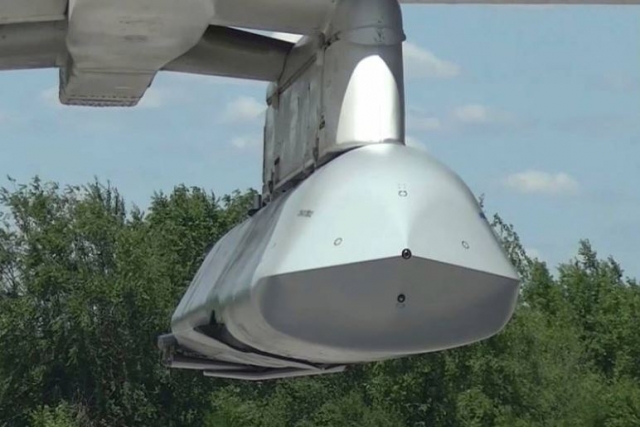
Russia’s stealthy Kh-101 air-to-ground missiles managed to hit Karachunovskoye dam in Krivoy Rog, dodging Ukrainian as well as NATO intelligence.
Kh-101 missiles were fired by Tu-95MS strategic bombers on September 14 over the Caspian Sea. “(The missiles) were not detected by either Ukrainian intelligence or NATO countries. An air raid alert was announced in Ukraine after the missiles hit their targets,” Russian outlet topcor.ru reported today.
The water level has risen sharply in Ingulets river. The head of the military administration of Krivoy Rog Alexander Vilkul has announced partial evacuation in the Kriyoy Rog city after the air strikes, reports say.
This complicates lives of civilians around the river, as well as for the Armed Forces of Ukraine, The Times Hub writes. In particular, Ukraine- and Russia- controlled zones in the Andreevsky site are no longer separated by a shallow river, but by a strong water barrier. It is easier to build a pontoon crossing in shallow waters. The flow of water demolishes crossings and floods coastal areas.
Kh-101 was developed by Raduga Design Bureau. The missile’s design allows it to overcome even enemy air defense systems. It can change its flight profile and altitude (from 30 m to 10 km) and fly at a maximum speed of 270 m/s. Kh-101 has a maximum flight range of 5,500km and the throwable mass can reach 430 kg. Its accuracy is reported to be around five to six meters. Moreover, there is also a special warhead (from 250 kilotons to 1 megaton), but such ammunition with a thermonuclear warhead is called X-102.
The cruise missile is likely equipped on the Tupolev Tu-160 (Blackjack) and the Tupolev Tu-95 (Bear) strategic bombers.
The Kh-101 uses radar absorbing materials, conformal antennas, and other stealth technologies. The design features an INS guidance and satellite navigation receiver for midcourse guidance.


